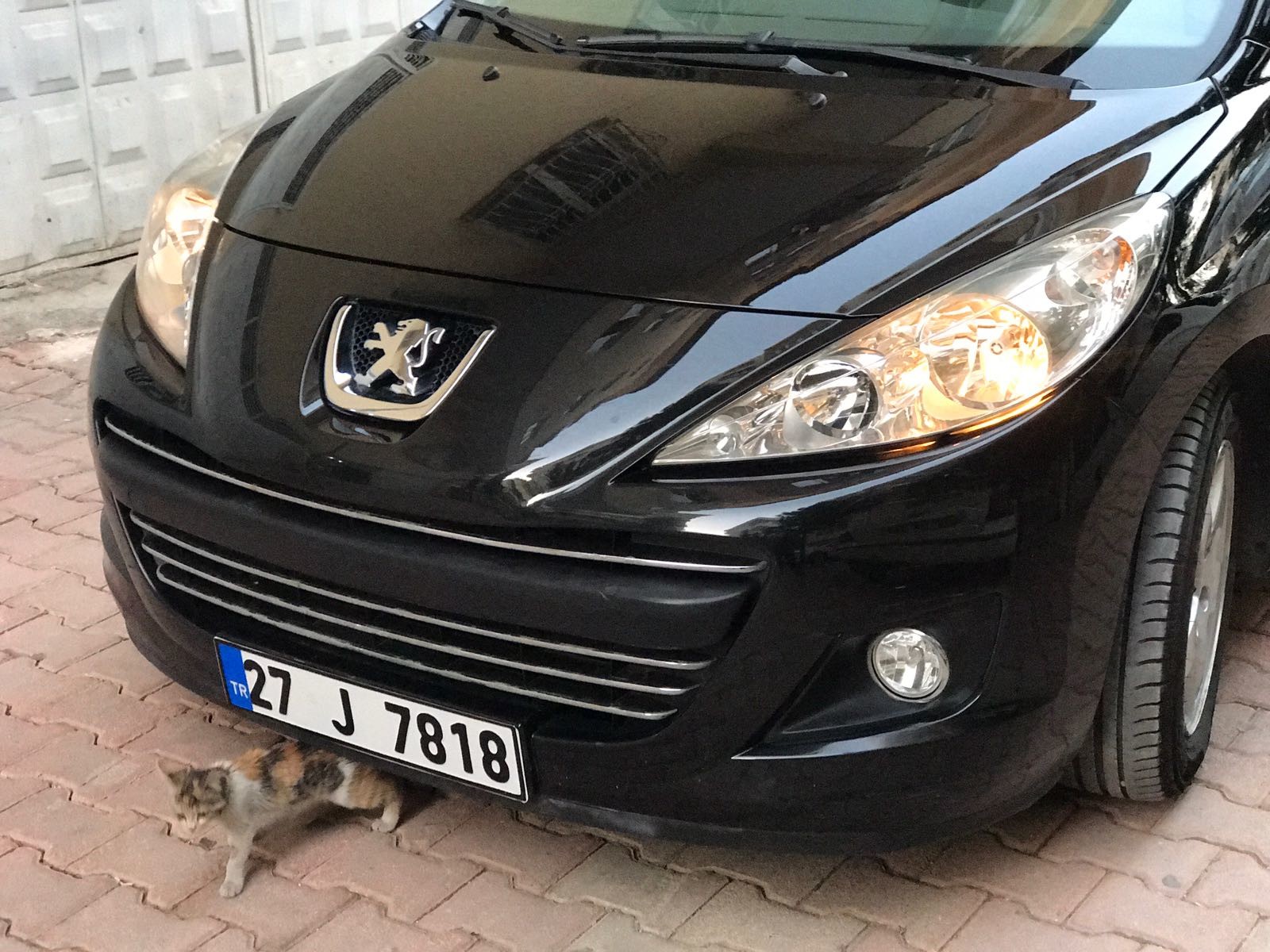

 
|
|

|
Is this speed normal at this time ?? |
| • Homepage » PEUGEOT MODELS (FAULTS AND SOLUTIONS) » 307 | |
| 08.05.2020 21:01 | # 1 |
| 08.05.2020 21:01 | # 2 |
 sonerkyl sonerkyl |
|
|
right brother no problem.
|
|
| 08.05.2020 21:01 | # 3 |
|
The cycle is correct. In Peugeot atmospheric gasoline, the speed is high so that the vehicle is alive.
|
|
| 08.05.2020 21:01 | # 4 |
|
[QUOTE = samet2461] The cycle is correct. In Peugeot atmospheric gasoline, the speed is high so that the vehicle is alive. [/ QUOTE] Thank you for your answers. Smdi was a situation that followed my mind. Doesn't the car burn more at high speed? My previous vehicle is Siena 1.6 hl 103hp. It was 120km / h at 3100 revolutions. My goal is just to be lit :))
|
|
| 08.05.2020 21:01 | # 5 |
 KILIC KILIC |
|
|
I think it was doing 110 in 3 thousand cycles. The room is probably from the press pad as there is very little play.
|
|
| 08.05.2020 21:01 | # 6 |
|
Normal if it is gasoline. If it's diesel, I think it should be higher at 3000 rpm.
|
|
| 08.05.2020 21:01 | # 7 |
|
So why do I get the same alignment at higher speeds in a better vehicle? What are the pros or cons of this? In short, I want to know more about my vehicle :))
|
|
| 08.05.2020 21:01 | # 8 |
|
my gasoline teacher
|
|
| 08.05.2020 21:01 | # 9 |
|
Since the car is atmospheric rather than gasoline, it is programmed and built to keep the car alive at low speeds. For example, if the vehicle is turbo, you will get higher speeds at low revs as it will be alive at lower revs. As you mentioned, the minus; fuel consumption and more engine noise entering the cabin. Let me give you an example, while my diesel 308 vehicle is going forward with 6, 100, the tachometer stops at 6th gear at 1700. This is a plus for having a turbo and high torque
|
|
| 08.05.2020 21:01 | # 10 |
|
thank you my teacher thank you 
|
|
| 08.05.2020 21:01 | # 11 |
 HasGur HasGur |
|
|
Engine speed / engine speed, engine type, horsepower etc. has nothing to do with. The number of times the crankshaft rotates within 1 minute is expressed by the word revolution. Speed, tire size, differential and gear transmission ratios and theoretical speed can be calculated. For example, if the tire fitted in the vehicle travels 2 meters in a lap, x engine speed is 1000, and if the transfer rates are x 1 and x 1, the distance traveled by the vehicle in one minute = 2000 meters. Since it travels 2 km per minute, 120 km distance will be covered in 60 minutes, so the speed of the vehicle will be 120 km / h with these aphasic constants. SPEED = (Tire circumference x engine speed x differential transmission ratio x gear ratio) x 60 |
|
| 08.05.2020 21:01 | # 12 |
|
Thank you, teacher. My rim tire thin radiant 17 "can we say that the data in the picture I shared above is correct?
|
|
| 08.05.2020 21:01 | # 13 |
 OguzhanKucuk61 OguzhanKucuk61 |
|
|
Overall diameter is important rather than thin sidewall or rim size. The dimensions 195/65/15 and 205/55/16 are the same in total diameter. Check if the dimensions fitted on it are the same as the original diameter. This may also affect if the diameter is small or large. Like going out with a 95 when going with a GPS when measuring with 100.
|
|
| 08.05.2020 21:01 | # 14 |
 HasGur HasGur |
|
|
[QUOTE = lilokan] Thanks, sir. My rim tire thin radiant 17 "can we say the data in the picture I shared above is correct? [/ QUOTE] I did not make any calculations, but let me make a few extra calculations for the speed / speed calculation for you. The tour / mt account I mentioned in my previous post (to find the perimeter of the tire, in fact a circle); If we consider the sample tire size as 195/65 R15; 195: tire tread width in mm 65: percentage ratio of base width Cheek height in mm 15: shows rim diameter in inches Calculation of the outer diameter of the tire; To find the circumference of the tire, it is first necessary to convert the inch diameter in inches to mm. Diameter of the rim in mm: 15 x 2.54 = 38.1 cm = 381 mm Tire sidewall height: 195 x 65/100 = 126.75 mm Since the cheek wraps around the rim 2 x 126.75 = 253.5 mm Tire diameter: 381 + 253.5 = 634.5 mm Perimeter of the tire (distance to be covered in 1 turn) = 634.5 x 3.14 = 1992.33 mm = 199.23 cm (Some tire manufacturers have this information on their website, you can get there without calculation) The transfer rates of your vehicle are in the technical information. With the formula I wrote in my previous message, how many speeds can be calculated in how many revolutions for each gear. On the other hand, there are web pages that run software that makes these calculations professionally. By entering the information of your vehicle in the formula; When the gear changes, the engine speed decreases / rises, what speed is for all gears according to the engine speed, the maximum speed of the vehicle whose information is entered, etc. detailed results can be seen. Example link: https://www.blocklayer.com/rpm-geareng.aspx APPENDIX: What is the difference when a different size tire is attached to the vehicle can be seen in the link below. (There is a difference in the same tires as small as 1cm / turn) |
|
| 08.05.2020 21:01 | # 15 |
|
thanks all of you guys for your answers
|
|